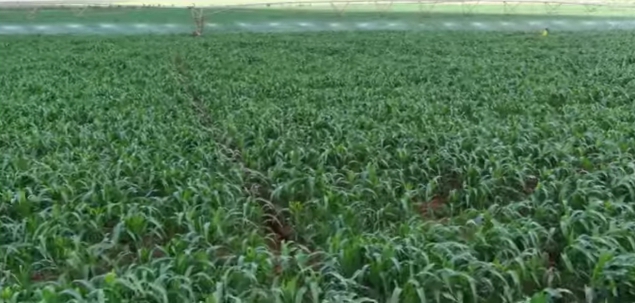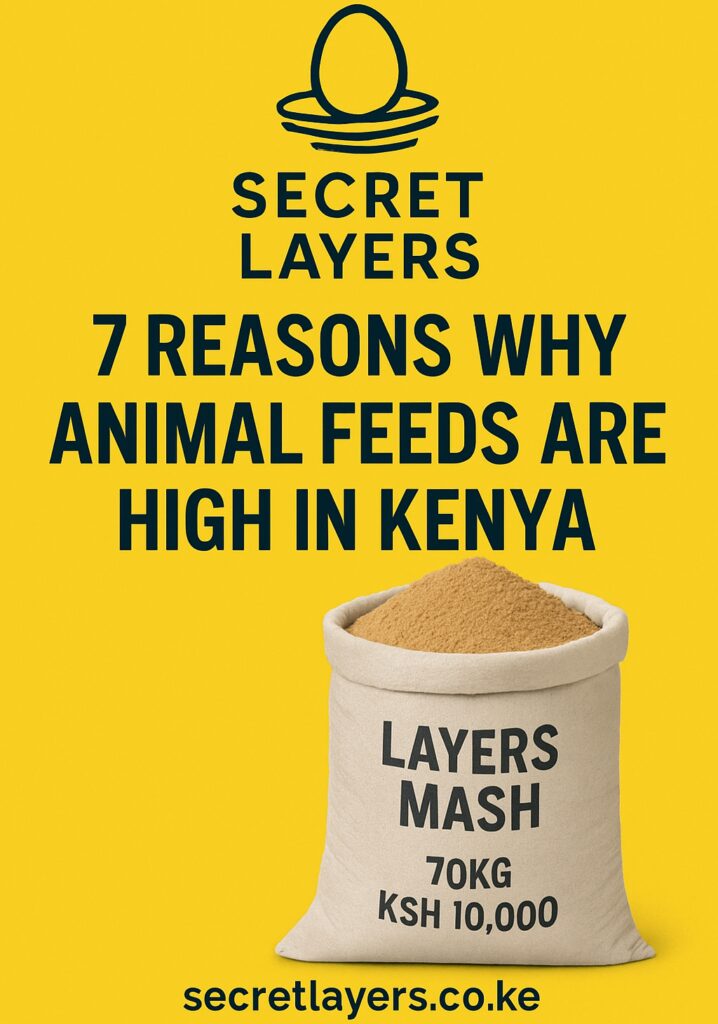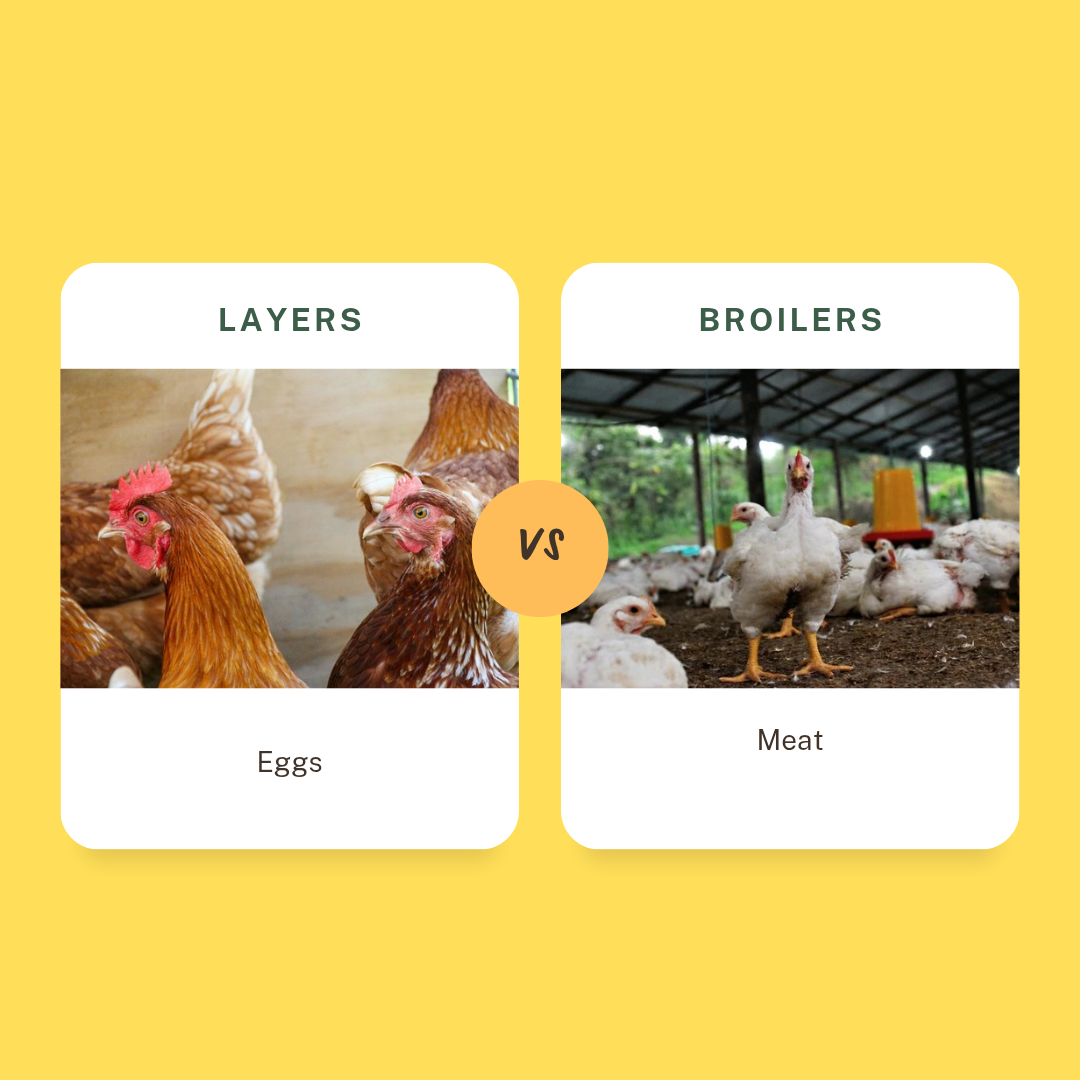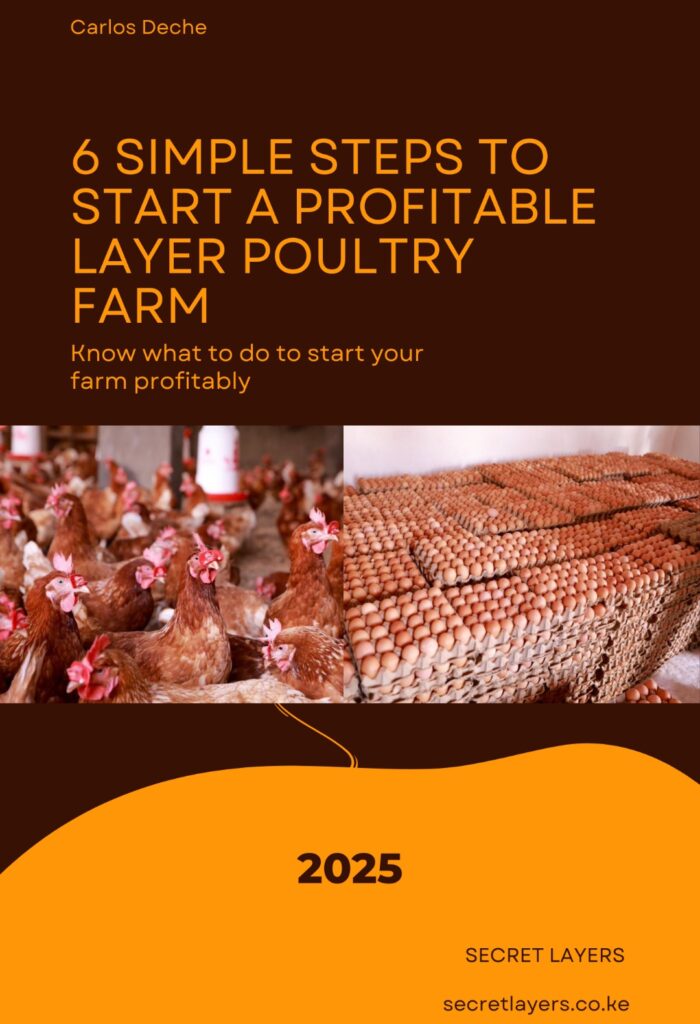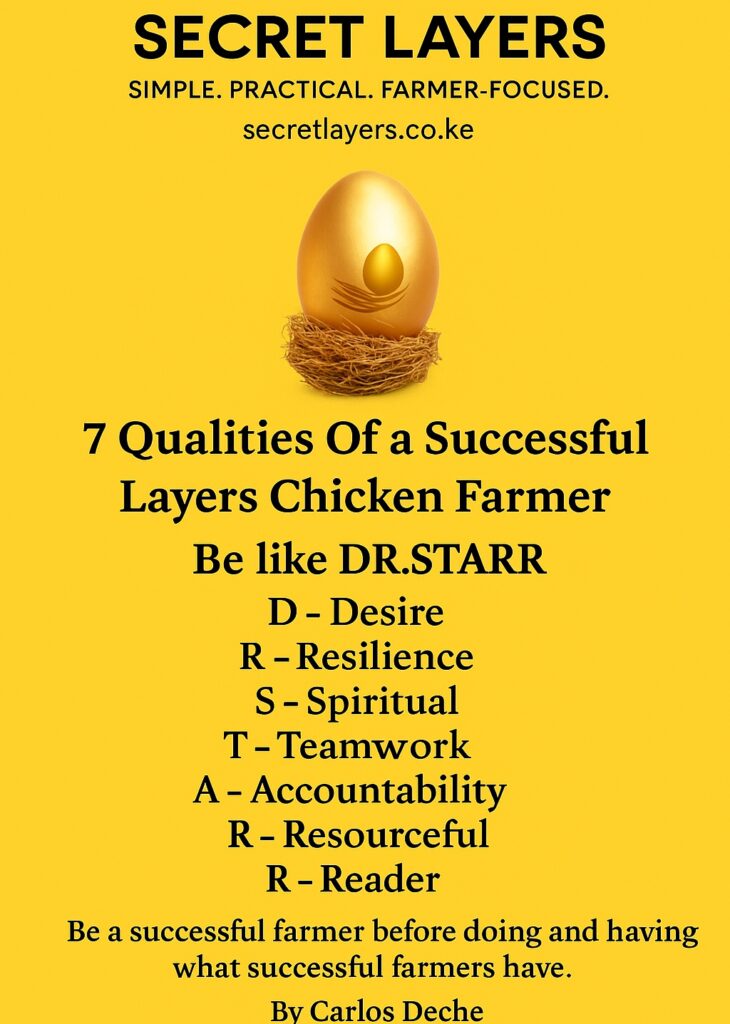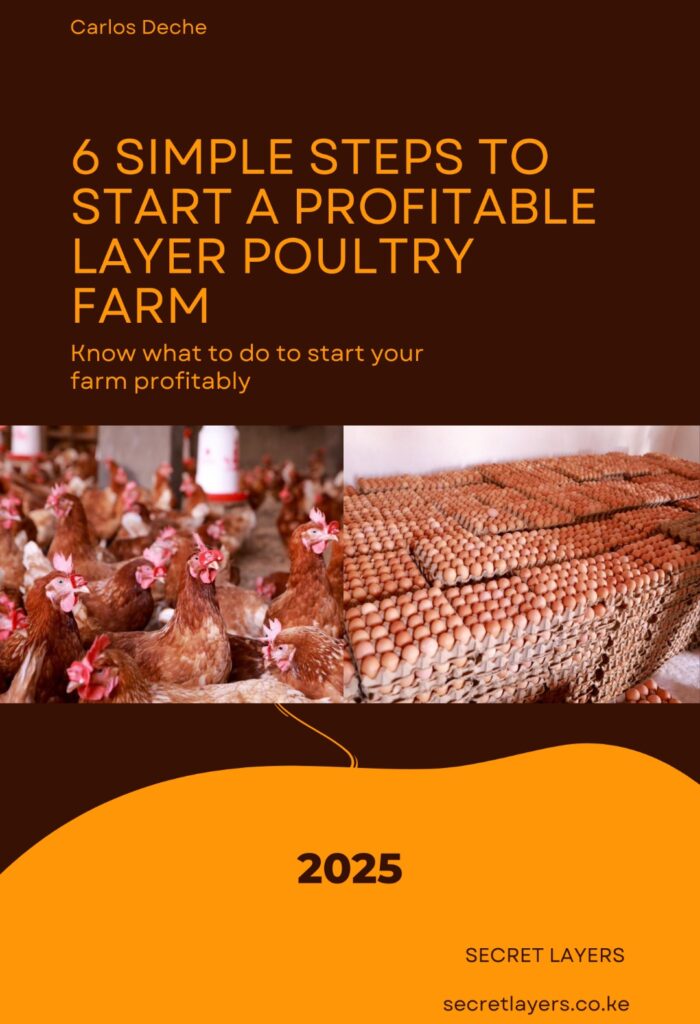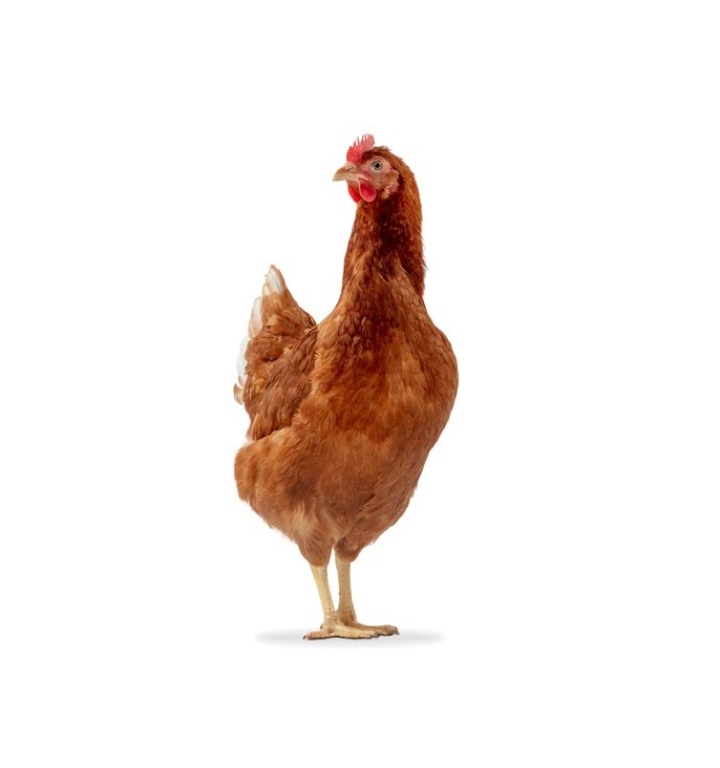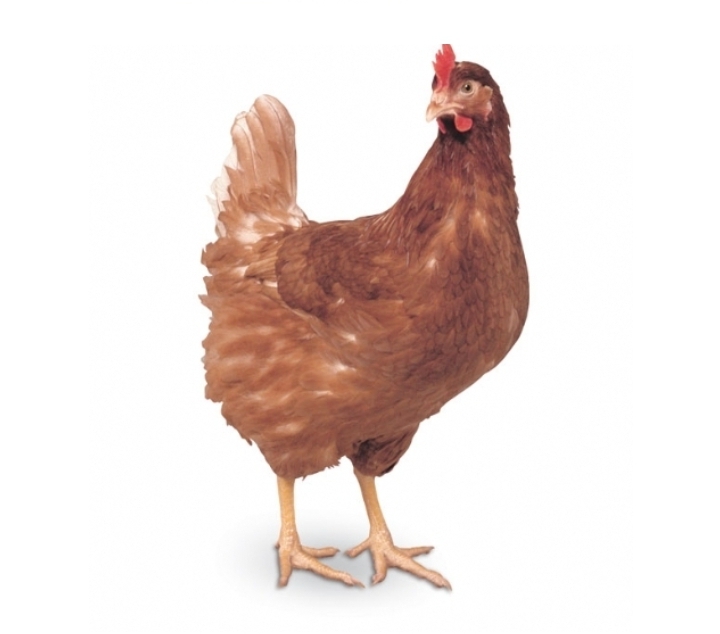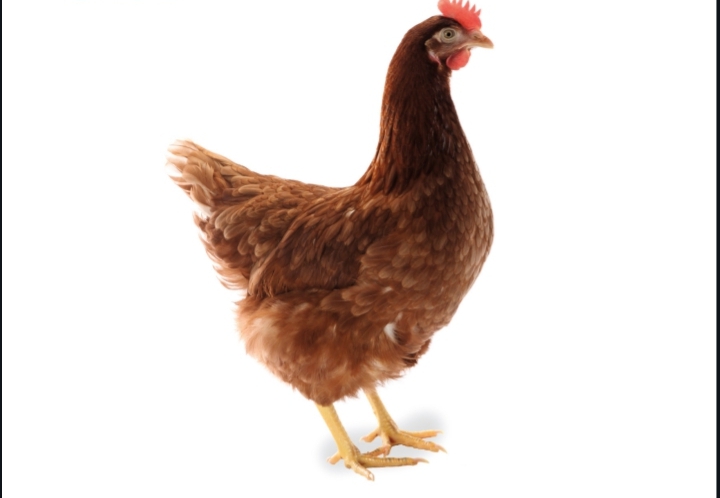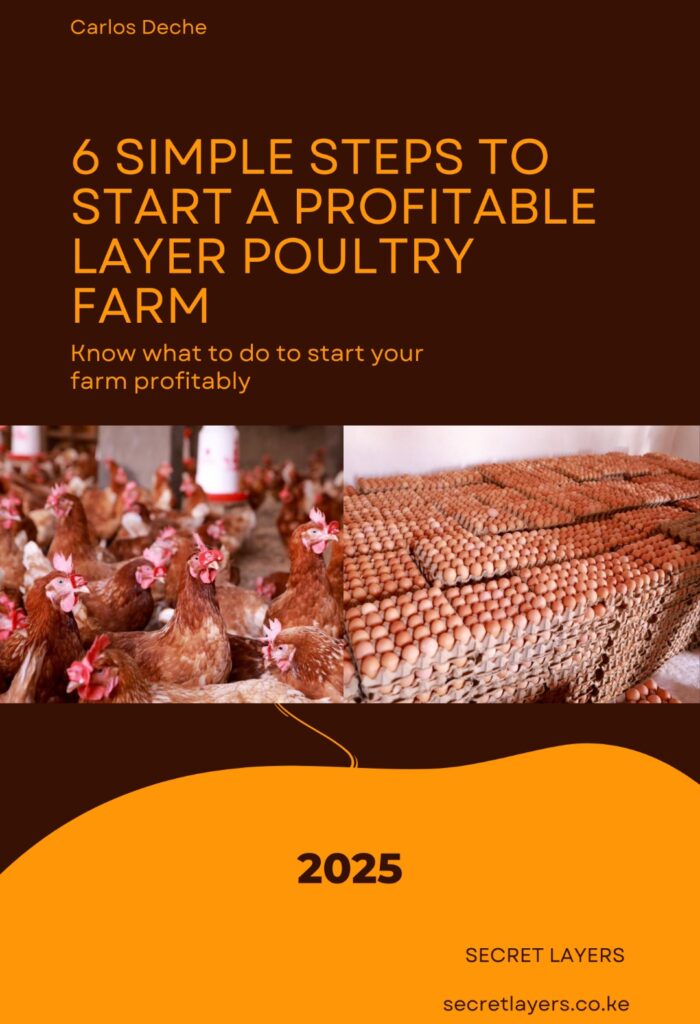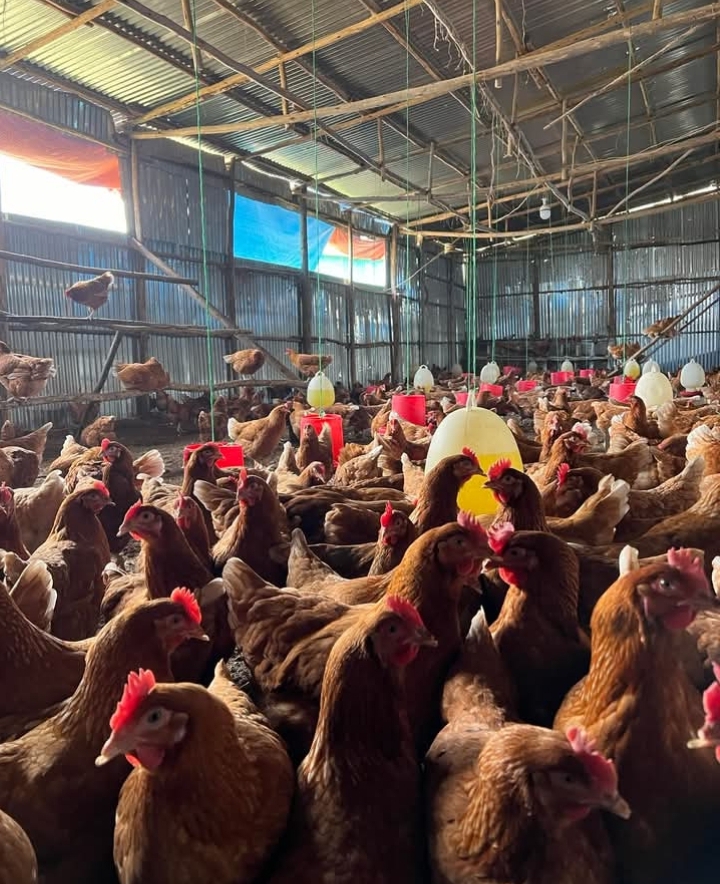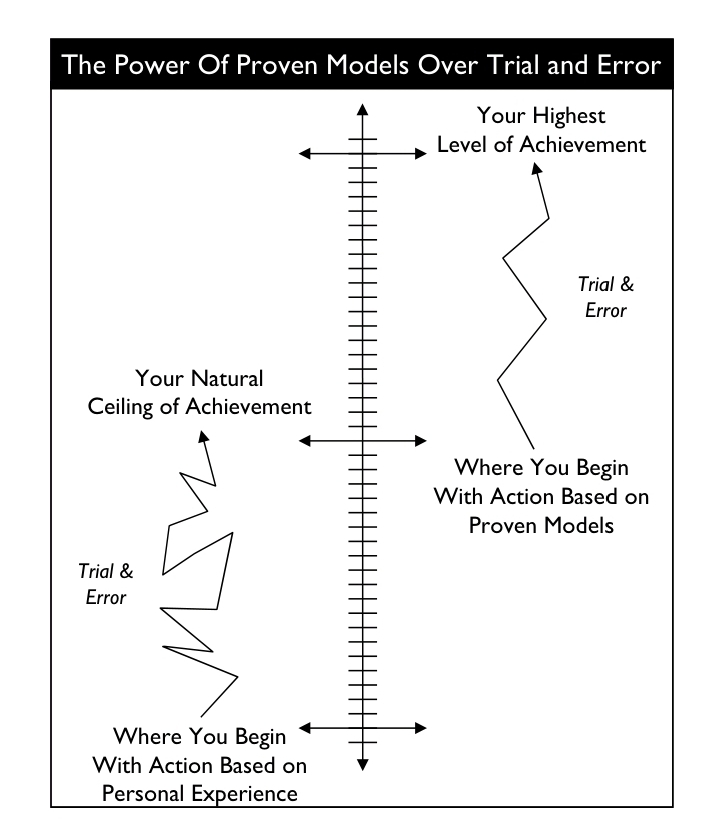Confused between layers vs broilers?
Choose layers.Don’t go for broilers.
We’ve already looked at the key differences between layers and broilers. (If you missed that post, find it here.
Both can be profitable, but in this post I’ll share why I chose layers over broilers — and why you should too.
Many farmers rush into broiler farming because it looks easier. But easy doesn’t always mean better. Let’s break down the reasons why layers often win in the layers vs broilers debate.

1. MARKET
The egg market is stronger than broiler meat.
Fewer farmers keep layers compared to broilers, which means fewer eggs in the market. According to the law of supply and demand, low supply increases demand — and that’s good for you.
Eggs enjoy consistent demand year-round. Broiler meat, on the other hand, has peak seasons like Christmas or when there’s an influx of tourists.
With eggs, you don’t have to wait for festivals to sell your product.
2. STARTUP COSTS
Layer farming isn’t easy to start. It requires more money, more time, better information, and more skill compared to broilers.
That may sound like a disadvantage, but it’s actually an opportunity. Real entrepreneurship is about turning challenges into profits. The harder the problem, the higher the potential reward.
Because it’s tough, most people avoid it. Less competition means you can dominate the market once you succeed. Remember Mike, who left broiler farming due to stiff competition and is now thriving with layers? That’s proof of how the challenge can turn into profit.
3. RETURNS
Layers give a higher return on investment (ROI) compared to broilers.
Many broiler farmers have to replace flock after flock because the profit margins per batch are very low. It takes several cycles to see meaningful returns.
With layers, one hen can produce about 300 eggs in a year. That equals 10 trays. If one tray sells at Ksh.350 (minimum), you earn Ksh.3,500 from a single hen.
Now compare that with broilers. One broiler sells for about Ksh.500 at best. You can already see the gap.
Even better, at the end of the laying cycle you can still sell the birds as spent hens. For example, if you bought a day old chick at Ksh.150 and sold it at Ksh.400 after two years, you never really make a loss.
*Excluding all other costs like feeds e.t.c
4. CASHFLOW
Layers provide stable, predictable cashflow.
Keeping broilers is like buying a chick at Ksh.100 and selling it six weeks later for Ksh.500. That sounds fine, but you must repeat the cycle every 1.5 months to keep earning.
Layers are different. Once they start laying at around 18 weeks, you collect eggs daily for up to 1.5–2 years. That’s consistent income with the effort front-loaded at the start.
Robert Kiyosaki, author of Rich Dad Poor Dad, says real investors invest for cashflow, not just capital gains. Layers farming is exactly that — cashflow farming.
5. VALUE ADDITION
Eggs give you more value-addition options than chicken meat.
Check market prices:
How much does 1kg of packaged chicken meat sell for?
And how much does 1 litre of packaged liquid eggs sell for?
Way,way higher.
For example, just one tray of eggs can be turned into products worth Ksh.1,750 through value addition. Eggs can be processed into liquid, powder, or used for baking.
See for yourself what Fridah Kaaria is doing
Chicken meat also has processing options, but the percentage increase in value is much higher for eggs.
6. PRICES
Eggs generally command better unit value compared to broiler meat.
Think about this:
One broiler chicken raised for nearly two months sells for Ksh.500. That’s almost the same price as 1.5 trays of eggs, which you can easily get in a single day if you keep 50 layers.
That’s the power of layers in the layers vs broilers comparison.
Now you’ve seen the clear advantages of choosing layers over broilers: stronger market demand, higher ROI, stable cashflow, better value addition opportunities, and stronger unit prices.
Follow these steps to start your layer farm profitably
For me, the biggest reason is cashflow. Keeping layers feels like buying a money-printing machine. From 18 weeks until almost 2 years later, you earn consistently before finally selling the birds.
If you’re ready to start your journey, register below for free.
👉 Just enter your details to grab a copy of my free guide and regular Layer Chicken Digest Tips via email:
“6 SIMPLE STEPS TO START A PROFITABLE LAYER POULTRY FARM”

See you next Friday!
Carlos Deche
carlosdeche4040@gmail.com
secretlayerske@gmail.com

